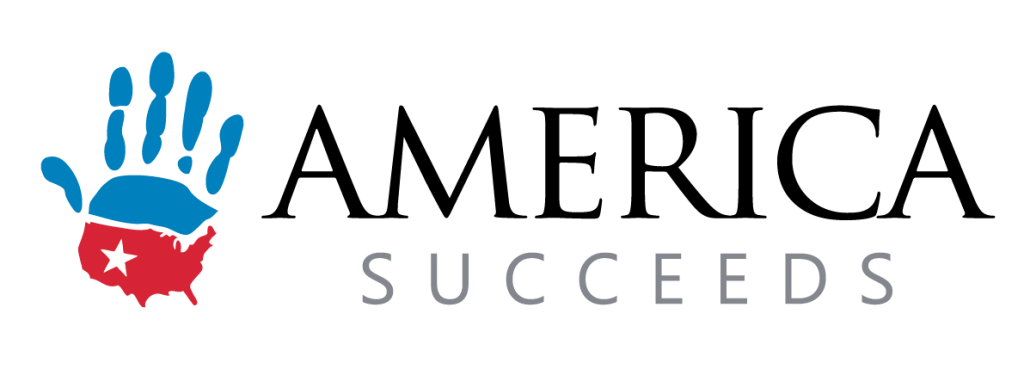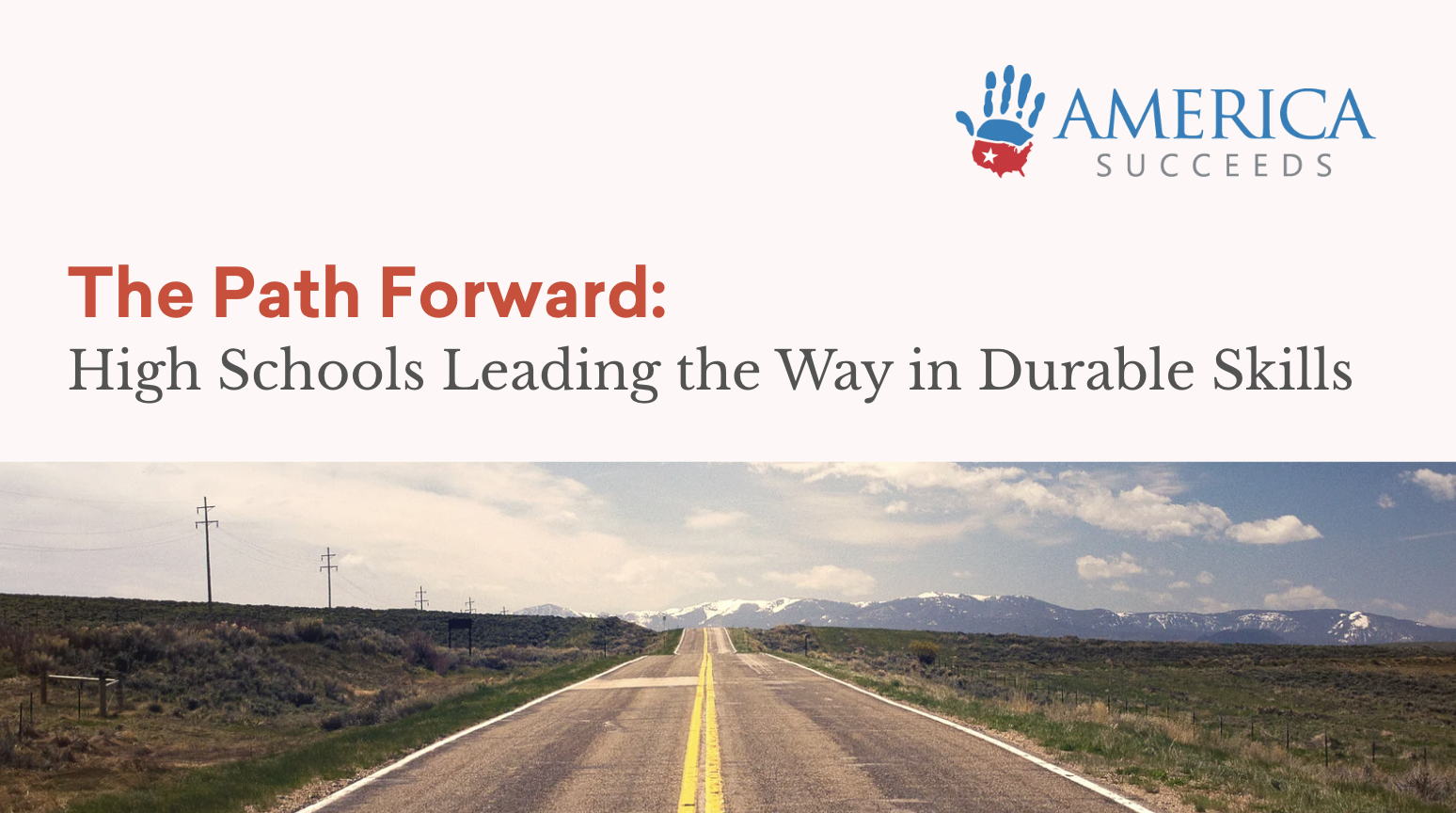In a converted engineering lab in Chattanooga, Tennessee, eleventh-graders aren’t working for grades — they’re working for impact. One team designs and 3D-prints prosthetics for children with disabilities. Another creates a wheelchair-accessible mascot costume so every student can feel included in school traditions. A third designs accessible playground equipment for local families. At STEM School Chattanooga, these projects are not the exception — they are the curriculum. Across all four years, students follow a deliberate progression in three core competencies — collaboration, critical thinking, and innovation — moving from highly structured, teacher-led projects in 9th grade to fully independent, student-designed work by senior year. By the time they graduate, students are not just ready for college or a job. They are practiced, confident problem-solvers with the skills to take on any challenge.
On the other side of the country at Gibson Ek High School in Issaquah, Washington, learning looks equally different. Here, every student spends all four years building proficiency in 20 competencies across five categories: Communication, Personal Qualities, Empirical Reasoning, Quantitative Reasoning, and Social Reasoning. This happens through interest-driven personal projects, twice-weekly all-day internships, and hands-on work in design and crash labs. Each student’s growth is tracked in a digital portfolio, supported by ongoing advisor conversations and public exhibitions. Students start with guided, advisor-supported projects in 9th grade and gradually take the reins, leaving high school with portfolios that showcase mastery across academic, professional, and social competencies — and the self-direction to keep growing long after graduation.
These are just two of the twelve high schools and profession-based programs we studied during 16 months of research in what we believe is the most comprehensive qualitative investigation of durable skills in U.S. secondary education. We visited schools in big cities, small towns, and rural communities; we studied charter, public, and private models; we interviewed over 200 students, educators, and industry partners; and we analyzed thousands of pages of transcripts, portfolios, and program materials. In every setting, we found the same truth: when schools deliberately focus on durable skills, students’ futures transform.
The Ten Skills That Change Everything
Our research explored the ten Pathsmith™ Durable Skills competencies — the ones that employers demand most and that carry the greatest long-term impact for young people:
- Communication: the ability to express ideas clearly across multiple formats and audiences
- Collaboration: working effectively with others toward shared goals
- Critical Thinking: analyzing information objectively to solve complex problems
- Creativity: generating innovative approaches and original solutions
- Leadership: inspiring and guiding others while knowing when to follow
- Growth Mindset: believing abilities can be developed through effort and strategy
- Metacognition: understanding and regulating one’s own learning processes
- Mindfulness: maintaining present-moment awareness and emotional intelligence
- Character: acting with integrity, empathy, and ethical consideration
- Fortitude/Persistence: persevering through challenges and setbacks
These are not “soft skills” or “nice-to-haves” — they are the capabilities that power academic success, career mobility, and personal fulfillment. In a labor market where 87% of employers say they struggle to find qualified talent, the gap isn’t just in technical know-how — it’s in these human, durable skills that make technical knowledge valuable.
We met students who proved just how life-changing these skills can be. Madison from STEM School Chattanooga entered high school terrified of public speaking and graduated as the leader of a team presenting innovations at regional invention conferences. Tyler, once a potential dropout, found his voice at One Stone in Boise, ID, and is now pursuing a PhD in AI applications. Lauren used data analysis to reveal the lingering impact of racist housing policies on Black neighborhoods in Seattle. Brooke powered through a 1,000-page EMT training manual to earn her certification. Isabella, once “afraid of fish,” became a student advocate for district-wide sustainability policies. These transformations didn’t happen by accident — they were the product of deliberate, embedded skill development.
The Three-Part Framework That Makes It Possible
What separates these schools from traditional models isn’t just the content they teach — it’s how they structure learning. Across all sites, we saw three elements consistently at play:
- Explicit Focus: durable skills are clearly identified, defined, and integrated into the learning goals. Students know exactly which skills they’re developing and why they matter.
- Authentic, Interest-Driven Work: students engage in projects and experiences that are personally meaningful and connected to real-world needs, giving them a reason to develop and apply these skills.
- Full Integration: the skills aren’t add-ons; they’re embedded into the school’s culture, structures, and assessments, making them as essential as any academic requirement.
When these three elements align, the effect isn’t just additive; it’s exponential. Students stop seeing school as something that happens to them and start seeing it as something they own. They gain what one educator called a “learning GPS” — the ability to navigate any challenge by understanding their own capabilities and how to build new ones.
What’s Coming in This Series
This post is the starting point. In the weeks ahead, we’ll share:
- A full breakdown of the three-part framework and how to apply it.
- Deep dives into each of the ten durable skills, with student stories, concrete practices, and downloadable educator and school leader guides.
- Real examples from schools that have embedded these skills into everything they do, no matter their size, location, or resources.
- Strategies for individual educators, whole schools, and even districts to start this transformation.
- Insights on why durable skills matter not just for individual success, but for communities, economies, and democracy itself.
The gap between what education provides and what students need has never been wider. But our research makes it clear: we have a blueprint to close it. These schools prove you don’t need a policy overhaul or limitless funding. You need clarity, intentionality, and a commitment to making skills the heart of the learning experience.
The revolution is already underway. The only question is: will you join it?
Looking for K-12 durable skills resources to engage your students? Join the upcoming FREE PILOT to get early access!




